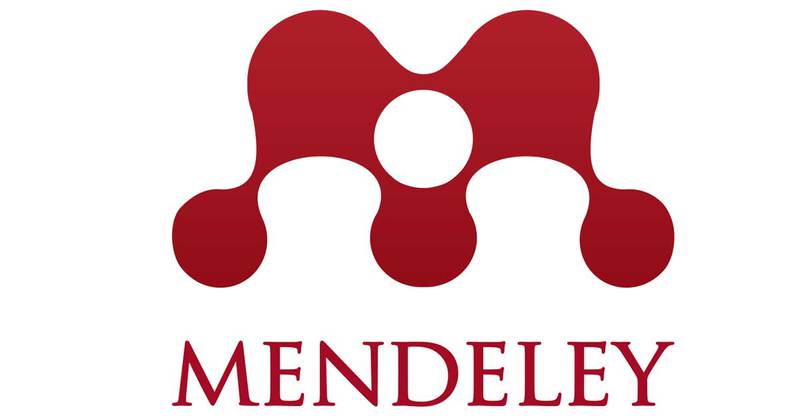Gender Inequality Against Female Online Ojek Driver (Case Study on Grab Queen Community in Malang City)
DOI:
https://doi.org/10.22219/jpa.v4i2.19166Keywords:
Female Drivers, Gender Functionalism, Gender Inequality, Grab Queen CommunityAbstract
This study examines the gender inequality of female online motorcycle taxi drivers in the Grab Queen community in Malang City. Female online motorcycle taxi drivers in Malang City have problems from each individual who gets a case of gender inequality. The purpose of this study is to describe how the form of gender inequality that occurs in female online motorcycle taxi drivers in Malang City, especially in the Grab Queen Malang community. The research method used in writing this thesis is to use a qualitative method with a case study approach. The technique of determining the subject used snowball sampling technique. The location of this research is in the Grab Queen community, Malang City. The data collection used are interviews and documentation studies, data analysis techniques used by researchers are data reduction, data presentation, conclusing drawings or conclusions, and data validity. This study uses the concept of gender inequality, namely subordination, stereotypes, violence and double burden to classify the types of gender inequality cases and the theory used by researchers is gender functionalism from Miriam M. Johnson which consists of functions, roles, social structures, so as to achieve a balance to realize social order. From the results of theoretical analysis, there is an imbalance of roles between female and male drivers in the regulations made by partners and also the mindset of the community so that cases of inequality will easily occur among female online motorcycle taxi drivers. In this study, researchers want to examine the balance of roles to establish social order so that there is no opportunity for gender inequality.
Downloads
References
Akbar & Usman. (2009). Metode Penelitian Sosial. Jakarta: Bumi Aksara
Cooper, R. D., & Emory, C. W. (1996). Metode penelitian bisnis, edisi 5, jilid 1. Erlangga, Jakarta.
Creswell, J. W. 2015. Penelitian kualitatif & desain riset: memilih diantara lima pendekatan. Yogyakarta: Pustaka Pelajar.
Fathoni, Abdurrahmat. 2006.Metodologi Penelitian&Teknik Penyusunan Skripsi. Jakarta: PT.Rineka Cipta.
Harahap, A. (2014). Pandangan masyarakat terhadap kegiatan keagamaan pada Masjid Tadjmilal Azhar Komplek Sidimpuan Baru Kelurahan Silandit (Doctoral dissertation, IAIN Padangsidimpuan).
Hidayati, L. (2019). Dakon dan Layang-Layang: Revisi Praktik Segregasi Gender dalam Permainan Terstruktur Kelas Prasekolah. Al-Hikmah: Indonesian Journal of Early Childhood Islamic Education, 3(2), 127-150.
Miles, M. B., Huberman, A. M, & Saljana, J.2004. Qualitative data analysis: A methods sourcebook. Edition 3. USA: Sage publications. Terjemahan Tjetjep Rohindi Rohidi, UI-Press.
Nawawi, H. 1993. Metode Penelitian Sosial. Gajah Mada University, Yogyakarta.
Saleh, S. 2017. Analisis Data Kualitatif. Bandung: Pustaka Ramadhan.
Saptari and Holzner. 1997. Perempuan, Kerja, dan Perubahan Sosial: Sebuah pengantar Studi Perempuan. Jakarta: Pustaka Utama Grafiti.
Silalahi, U. 2006. Paradigma Penelitian dalam Metode Penelitian Sosial. Bandung: Unpar Press.
Sugiyono. 2018. Metode Penelitian Kualitatif. Bandung: Alfabeta.
Downloads
Published
How to Cite
Issue
Section
License
Copyright (c) 2021 Puteri Nur Anisa Larasati, Tutik Sulistyowati, Sulismadi

This work is licensed under a Creative Commons Attribution-ShareAlike 4.0 International License.
Authors who publish with Jurnal Perempuan dan Anak (JPA) agree to the following terms:
- For all articles published in Jurnal Perempuan dan Anak (JPA), copyright is retained by the authors. Authors give permission to the publisher to announce the work with conditions. When the manuscript is accepted for publication, the authors agree to automatic transfer of the publishing right to the publisher.
- Authors retain copyright and grant the journal right of first publication with the work simultaneously licensed under a Creative Commons Attribution-ShareAlike 4.0 International License that allows others to share the work with an acknowledgment of the work's authorship and initial publication in this journal.
- Authors are able to enter into separate, additional contractual arrangements for the non-exclusive distribution of the journal's published version of the work (e.g., post it to an institutional repository or publish it in a book), with an acknowledgment of its initial publication in this journal.
- Authors are permitted and encouraged to post their work online (e.g., in institutional repositories or on their website) prior to and during the submission process, as it can lead to productive exchanges, as well as earlier and greater citation of published wor (See The Effect of Open Access).
This work is licensed under a Creative Commons Attribution-ShareAlike 4.0 International License








